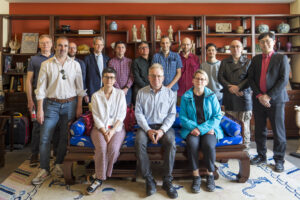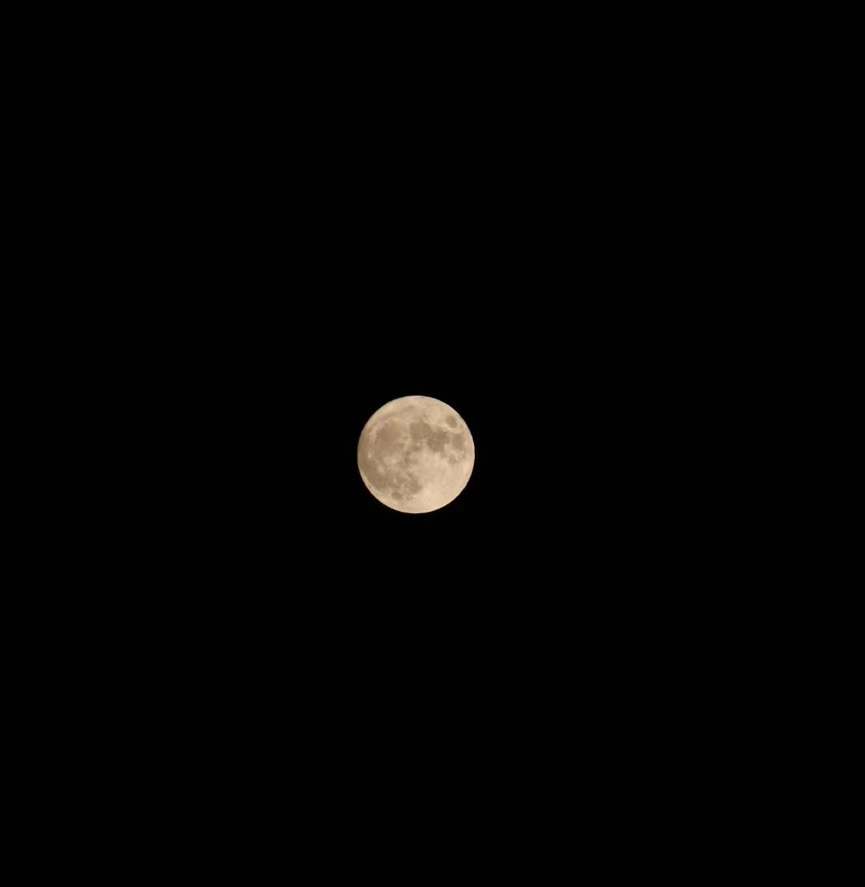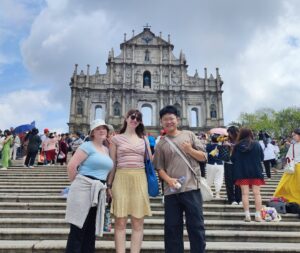Thousands of years ago, on the 15th day of the eighth month of the Lunar calendar, Emperor Xuanzong of the Tang Dynasty lit incense in honor of Chang’e, goddess of the moon. As the legend goes, Change’e was once the beautiful wife of the hero, Hou Yi, who was gifted an elixir of immortality by a being who admired him. However, not wanting to leave Chang’e to take to the heavens, Hou Yi gave the elixir to her for safekeeping, as a symbol of his love. But one day, when Hou Yi left on a hunt, his villainous apprentice, Peng Meng, broke into their house, seeking to steal the elixir for personal gain. Having no other choice left, Change’e took the elixir herself, choosing an eternity of loneliness away from her love, to prevent Peng Meng from attaining insurmountable power. In order to stay close, Chang’e chose the moon as her home. In great mourning and sadness, Hou Yi made offerings to his wife every year, displaying her favorite foods and fruits in his yard to commemorate her sacrifice.
It is said that during the Mid-Autumn Festival – the day when the moon is at its fullest and brightest – you can see the figure of Chang’e outlined on the moon, forever pining after her lost love. On this day, ancient Chinese would worship the moon as part of festival celebrations. The Zhuang people, for example, believed that the moon and water were associated with rejuvenation. Their ancient fable describes the sun and moon as a couple and the stars as their children; when the moon is pregnant, it becomes round, and after it gives birth, it becomes a crescent again. The Baiyue people, on the other hand, celebrated the mid-autumn full moon as a time of abundance, heralding the dragon that would bring rain for their crops. Since the Shang dynasty (c. 1600–1046 BCE), Chinese emperors have held autumn celebrations for a bountiful harvest on full moons.
And so today, the modern Chinese celebrate the Mid-Autumn Festival (a three-day public holiday) as a time of family, thanksgiving, and prayer – an amalgamation of customs from different peoples. Many traditions on this day surround the motif of roundness (圆yúan ), which is interpreted as a part of tuán yuán (团圆), meaning “coming together.” Hallmark traditions of this festival include: making and sharing mooncakes, lighting lanterns, outdoor moon-watching, and consuming round fruits. Some regions in China will burn incense in reverence to Chang’e or other deities, and others (mainly located in southern China) will host performances of dragon and lion dances. In addition, on the years of solar eclipses, it is typical for public institutions like governmental offices, banks, and schools to close for additional days for everyone to enjoy extended celestial celebrations.
This year, the Mid-Autumn Festival fell on October 1st on the Gregorian calendar, which coincidentally is the same day as Chinese National Day. Perhaps that’s reflective of what 2020 has been: a year of rarity and unique situations. And so, may this festival for prosperity and good luck celebrated across Asia (as Chuseok in Korea, Tsukimi in Japan, Tết TrungThu in Vietnam, เทศกาลไหว้พระจันทร์ in Thailand, PerayaanPertengahan Musim Luruh in Indonesia and Malaysia) and by the Chinese diaspora across the globe, bring better fortunes for the coming year. We at TBC send our most sincere wishes to our readers – stay safe and hopeful.



